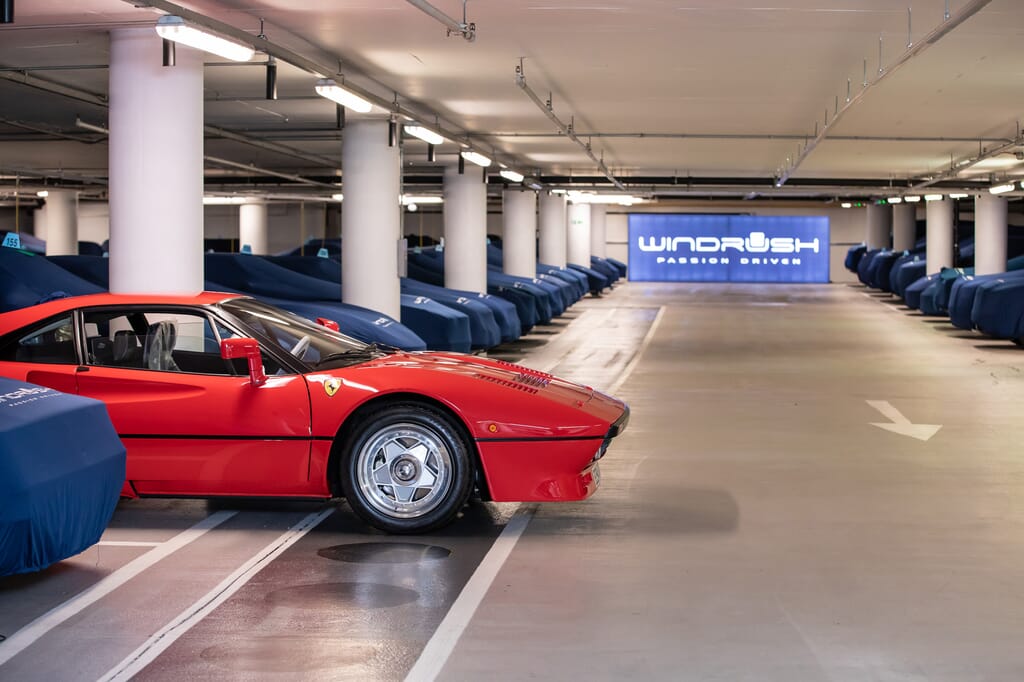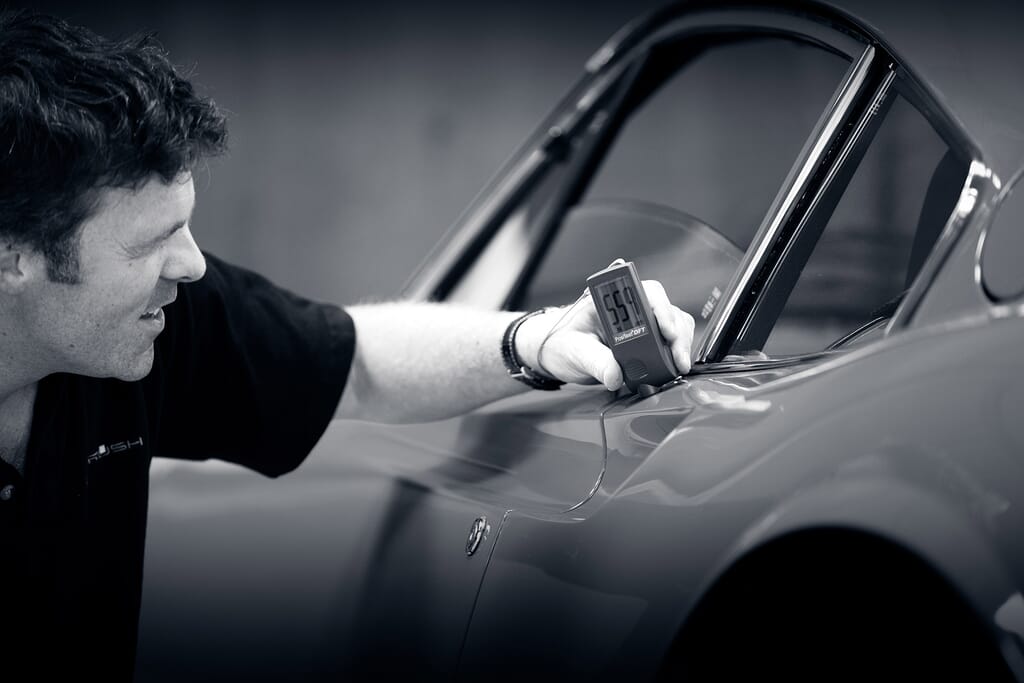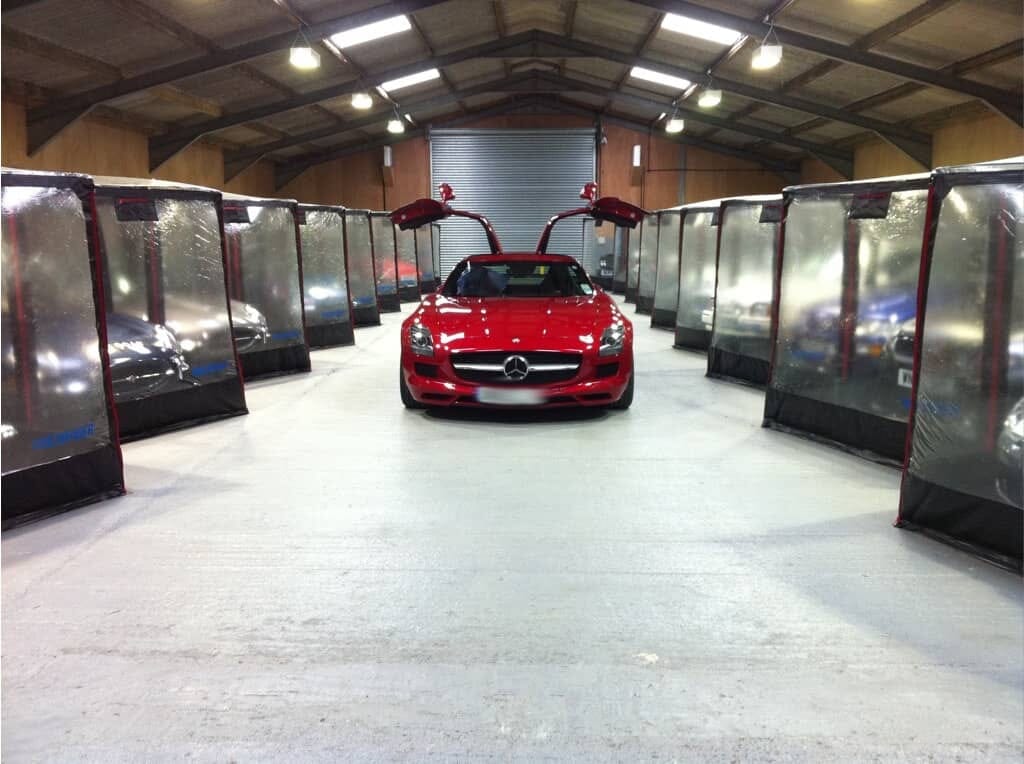2 Minute Read
Dehumidified Car Storage - What does “climate…
Read Article
With the consumer desire for superlative car storage higher than ever, the term ‘climate control’ is now commonly…
With the consumer desire for superlative car storage higher than ever, the term ‘climate control’ is now commonly included in most descriptions for a dehumidified car storage environment.
While the basic meaning is understood, less commonly discussed are the factors involved in controlling climate and, more importantly, what these physically mean for your vehicle when in storage.
True climate control requires the monitoring and control of two variables: temperature and humidity. To understand the importance of controlling these two variables, you must also understand the results of exposing your car to an uncontrolled environment.
Temperature
It is well known that a cold environment is not preferable for storing a car, especially when considering long term car storage, with a mix of metal, perishable componentry and soft interior furnishings at risk of contracting and accelerating the aging process.
A common misconception is that simply heating your storage area solves temperature-related problems, but unfortunately there are more factors to consider. Warm air is able to carry more moisture than colder air, therefore potentially increasing humidity.
However, should the air be too cold it can reach ‘dew point’. At this point the air is fully saturated, and should anything else in your storage area be below this dew point condensation will form and corrosion risk rises dramatically.
Furthermore, a particularly damaging yet less documented detrimental factor is a rapid change in temperature – such as pulling your car out from a toasty garage into a crisp day. As with any material, this change in temperature can cause rapid contraction and expansion which is ultimately damaging to your car, and if this is a common occurrence can quickly impact vehicle condition.
Humidity
When it comes to humidity, there is a fine line to walk. It is commonly understood that too high a humidity level will introduce moisture to the vehicle, and therefore a common mistake is to reduce the humidity too much.
By drying out the air too much there is a risk of dashboards splitting, wood trim perishing and leather cracking due to a damaging lack of moisture.
Industry grade dehumidifiers reduce and maintain humidity, which is a key differentiator from domestic units which simply reduce. Almost as important as the dehumidification is the monitoring of this, with top-tier storage facilities monitoring this on a second-by-second basis and routinely assessing the environment.
Windrush Car Storage are experts in climate control and dehumidified car storage, so much so that we consult on the appropriate storage of perishable items out with automotive. Should you have any questions on climate control, our process and our storage facilities, please do not hesitate to contact us.





